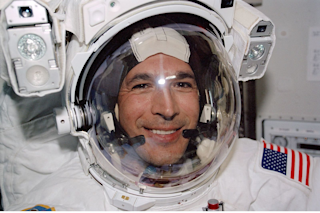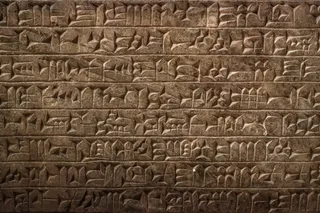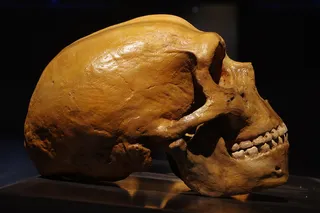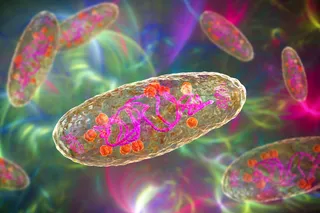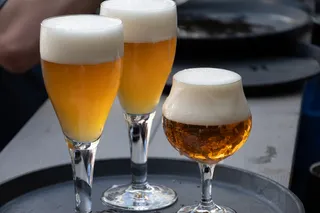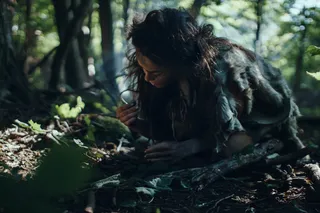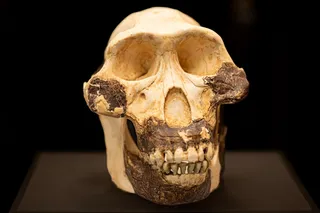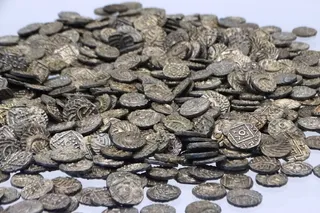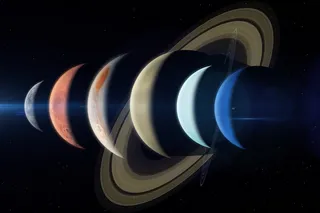This article was originally published on November 16, 2021.
October celebrates Indigenous Peoples' Day and November is Native American Heritage Month, also commonly referred to as American Indian and Alaska Native Heritage Month. It's a time to celebrate the many traditions and histories of Native people, and we're taking the opportunity to highlight the important contributions that they have made to science. In many instances, these Indigenous innovators — including physicians, engineers, anthropologists, archaeologists and astronauts — overcame challenges unique to all tribal citizens, both historic and current.
Born in 1865 on the Omaha reservation in northeastern Nebraska, Susan La Flesche Picotte is the first Native American woman to receive a medical degree. According to Picotte, she became inspired to enter the medical field as a child, after watching an Indigenous woman die because the local white doctor refused to treat her illness. After completing only two years of a ...


